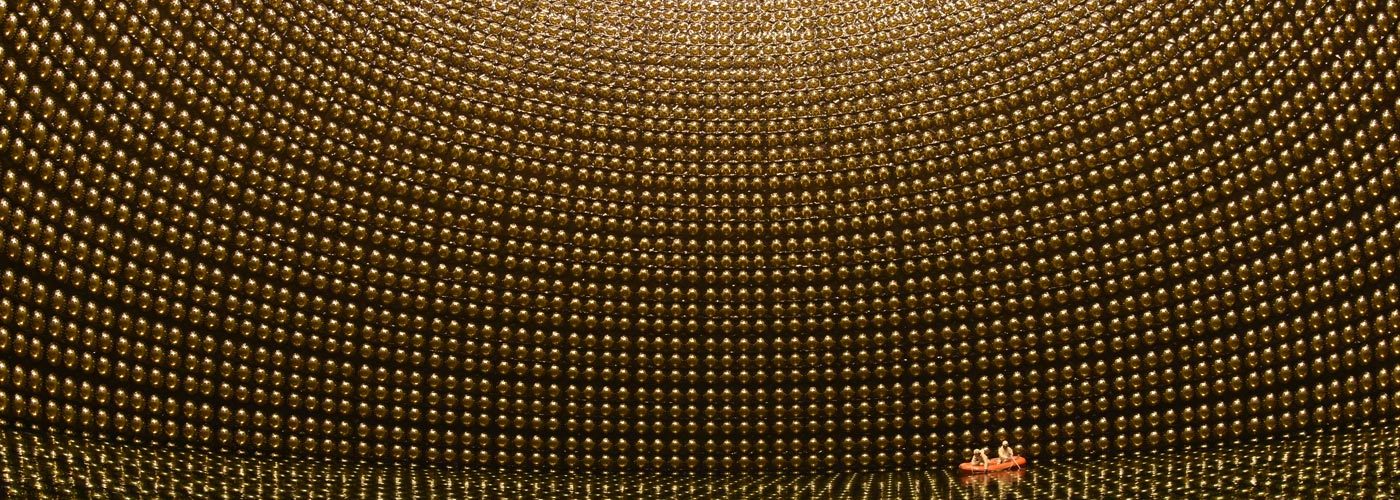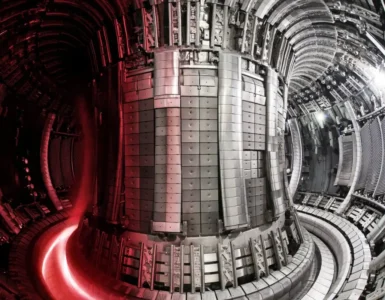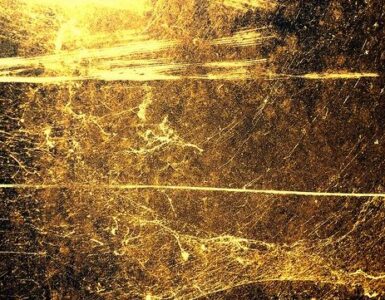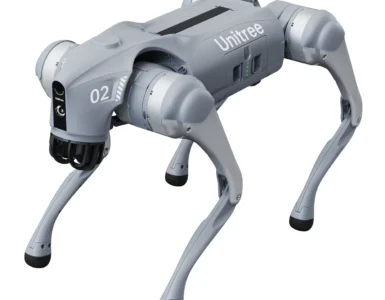Among physicists, those studying elusive particles called neutrinos may set the standard for dogged determination—or obdurate stubbornness. For 12 years, scientists in Japan have fired trillions of neutrinos hundreds of kilometers through Earth to a gigantic subterranean detector called Super-Kamiokande (Super-K) to study their shifting properties. Yet the nearly massless particles interact with other matter so feebly that the experiment, known as T2K, has captured fewer than 600 of them.
Nevertheless, so alluring are neutrinos that physicists are not just persisting, they are planning to vastly scale up efforts to make and trap them. At stake may be insight into one of the most profound questions in physics: how the newborn universe generated more matter than antimatter, so that it is filled with something instead of nothing.
That prospect, among others, has sparked a race to build two massive subterranean detectors, at costs ranging from hundreds of millions to billions of dollars. In an old zinc mine near the former town of Kamioka in Japan, physicists are gearing up to build Hyper-Kamiokande (Hyper-K), a gargantuan successor to Super-K, which will scrutinize neutrinos fired from a particle accelerator at the Japan Proton Accelerator Research Complex (J-PARC) in Tokai 295 kilometers away. In the United States, scientists are developing the Deep Underground Neutrino Experiment (DUNE) in a former gold mine in Lead, South Dakota, which will snare neutrinos from Fermi National Accelerator Laboratory (Fermilab) 1300 kilometers away in Batavia, Illinois.
Researchers with both experiments acknowledge they’re in competition—and that Hyper-K may have an advantage because it will likely start to take data a year or two before DUNE. Yet aside from their goals, “Hyper-K and DUNE are vastly different,” says Chang Kee Jung, a neutrino physicist at Stony Brook University and a T2K member who now also works on DUNE.
Hyper-K, which will be bigger but cheaper than DUNE, represents the next in a series of ever larger neutrino detectors of the same basic design developed over 40 years by Japanese physicists. It is all but certain to work as expected, says Masato Shiozawa, a particle physicist at the University of Tokyo and co-spokesperson for the 500-member Hyper-K collaboration. “Hyper-K is a more established technology than DUNE,” he says. “That is why I proposed it.”
DUNE will employ a relatively new technology that promises to reveal neutrino interactions in stunning detail and allow physicists to test their understanding of the particles with unprecedented rigor. “Without bragging too much, we are best in class,” says Sergio Bertolucci, a particle physicist at the University of Bologna and Italy’s National Institute for Nuclear Physics and co-spokesperson for the 1300-member DUNE collaboration. However, that technological edge comes with a hefty price tag and, Bertolucci acknowledges, more risk.
How the rivalry plays out will depend on factors as mundane as the cost of underground excavation and as exciting as the possibility that neutrinos, always quirky, hold some surprise that will transform physicists’ understanding of nature.
THE MOST COMMON PARTICLES in the universe besides photons, neutrinos exert no effect on the everyday objects around us. Yet they could carry clues to deep mysteries. Neutrinos and their antimatter counterparts both come in three types or flavors—electron, muon, and tau—depending on how they’re generated. For example, electron neutrinos emerge from the radioactive decay of some atomic nuclei. Muon neutrinos fly from the decays of fleeting particles called pi-plus mesons, which can be produced by smashing a beam of protons into a target. These identities aren’t fixed: A neutrino of one type can change into another, chameleonlike, as it zips along at near–light-speed.
Read more at Science.org









